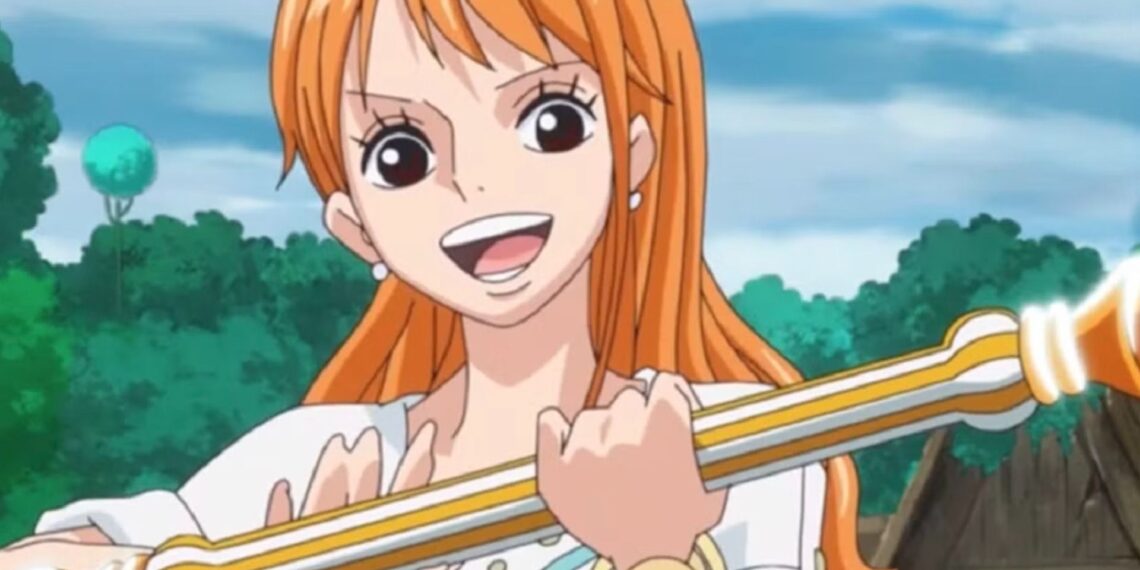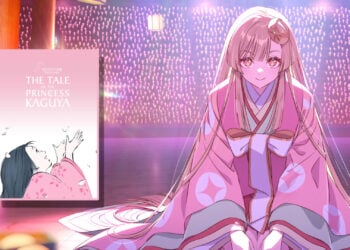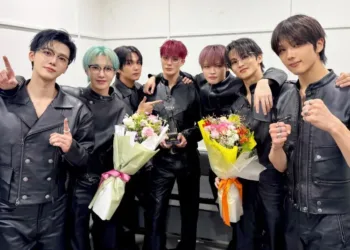Eiichiro Oda’s approach to female characters in One Piece has sparked countless debates among fans and critics alike. But beneath the surface of his controversial “three circles and one X” design philosophy lies a deeper truth about how the legendary mangaka views heroines. Recent revelations about his creative process and the upcoming One Piece Heroines anime adaptation shed new light on what makes his female characters truly revolutionary.
Table of Contents
The Evolution of Oda’s Female Character Design
Oda eventually developed what he calls his signature formula for drawing female characters: “The women’s proportions are three circles and one X.” This deceptively simple approach became the foundation for some of the most recognizable female character designs in anime and manga history.

However, this wasn’t always his approach. If it weren’t for this editor’s comments, every female character in One Piece could have been drawn differently by Oda. The transformation came after harsh criticism from editor Kushima, who fundamentally changed how Oda approached heroine design.
One Piece Female Character Design Timeline
| Era | Design Approach | Key Characters | Philosophy |
|---|---|---|---|
| Early Pre-Serialization | Varied body types | Unknown prototypes | Experimental phase |
| Post-Editor Feedback | “Three circles and X” | Nami, Robin, Vivi | Standardized appeal |
| Modern Era | Enhanced characterization | Reiju, Yamato, Ulti | Personality over design |
| Heroines Focus (2024+) | Character-driven stories | Featured in anime adaptation | Narrative importance |
The Hidden Truth: Why Oda’s Philosophy Actually Empowers Women
While critics focus on the physical design, Oda’s true philosophy runs much deeper. He spoke about “women with intelligence like Robin, or with abilities like Nami.” He further noted that even the villainous women of One Piece had strength and capabilities that put them on par with their male counterparts.
Breaking Down Oda’s Heroine Categories
Intelligence-Based Heroines: Characters like Nico Robin demonstrate that knowledge is the ultimate power in the One Piece world.
Skill-Based Heroines: Nami’s navigation abilities and weather manipulation prove indispensable to the crew’s survival.
Strength-Based Heroines: From Big Mom’s raw power to Yamato’s mythical abilities, physical prowess isn’t gender-locked.
For more insights into One Piece character development, check out our character analysis section.

The Revolutionary Aspect: Female Agency and Choice
‘One Piece’ creator Eiichiro Oda is standing behind the widespread fan service found throughout his popular manga. But his defense reveals something crucial: “Having females show their sexuality out of their own volition is a much-needed revolution for the representation of heroines in manga.”
This philosophy explains why One Piece women often choose their own paths, from Nami’s decision to join the crew to Robin’s determination to uncover history, regardless of danger.
Agency vs. Objectification: The Key Difference
| Character | Personal Agency | Story Impact | Design Criticism |
|---|---|---|---|
| Nami | Navigator autonomy | Crew survival | Physical proportions |
| Robin | Historical pursuit | Poneglyph decoder | Standard design |
| Hancock | Amazonian leadership | Warlord independence | Fan service elements |
| Reiju | Scientific rebellion | Germa resistance | Balanced portrayal |
The One Piece Heroines Project: Vindication of Oda’s Vision
Comprised of eight chapters that individually feature one of One Piece’s leading women at the center, One Piece: Heroines dedicates time to not only Nami and Nico Robin, but also to Perona, Boa Hancock, Tashigi, Reiju Vinsmoke and Uta.
This project validates Oda’s long-term investment in female character development, proving that his heroines deserve standalone narratives.
Stay updated with our One Piece news coverage for more heroine-focused content.
Why Critics Miss the Point: Character vs. Design
Women often fall into tropes in shounen manga, but the stories of the Straw Hat women feel different. The difference lies in Oda’s commitment to giving his heroines meaningful roles beyond romantic interests or rescue targets.
What Makes One Piece Women Different:
- Independent Goals: Each has personal motivations beyond romance
- Combat Relevance: They contribute meaningfully to battles
- Emotional Depth: Complex backstories drive their actions
- Leadership Qualities: Many hold positions of authority
- Narrative Importance: Plot advancement depends on their choices
The Hidden Truth: Design Serves Character, Not Vice Versa
While Oda’s infamous “three circles and an x” approach to female character design does real harm, even if it’s unintentional, focusing solely on aesthetics misses the revolutionary aspects of his heroines.
The real innovation isn’t in how they look, but in how they act, think, and influence the story. From Vivi’s political leadership to Big Mom’s terrifying maternal authority, One Piece women wield power in diverse, meaningful ways.
Looking Forward: The Heroines Era
One Piece has announced the second volume of One Piece Heroines that will focus on the female characters of the story like Robin and Nami. This ongoing project suggests Oda’s philosophy is evolving toward even greater female representation.
For comprehensive One Piece theory discussions, visit our anime theory hub.
The Bigger Picture: Cultural Impact
Oda’s heroine philosophy, controversial design aside, has created female characters who inspire cosplay, fan art, and serious academic discussion. Their complexity transcends their appearance, creating lasting cultural impact.
The upcoming Heroines anime adaptation will likely highlight this character depth, potentially shifting focus from design controversy to narrative celebration.
For official One Piece updates and news, visit Shueisha’s official website.
Discover more about how One Piece continues to evolve its representation of heroines in our ongoing coverage of this groundbreaking series!
Frequently Asked Questions
Q: What is Oda’s “three circles and X” female character design philosophy?
A: Oda’s “three circles and one X” refers to his simplified approach to drawing female characters’ body proportions – three circles representing key body areas and an X for the torso shape. This formula became his standard after editor Kushima’s criticism changed his original design approach. While controversial for potentially promoting unrealistic body standards, Oda defends it as part of his artistic style.
Q: How does the One Piece Heroines project change our understanding of Oda’s female characters?
A: The Heroines project, featuring dedicated chapters and an upcoming anime adaptation focusing on characters like Nami, Robin, Hancock, and others, proves that Oda views his female characters as worthy of standalone narratives. This validates his philosophy that heroines should have intelligence, abilities, and agency beyond romantic roles, shifting focus from design criticism to character appreciation and story importance.








